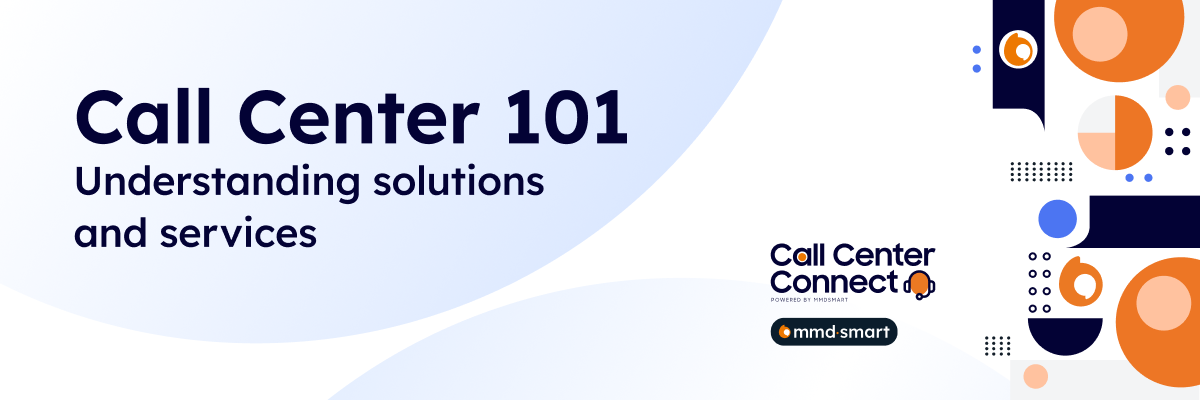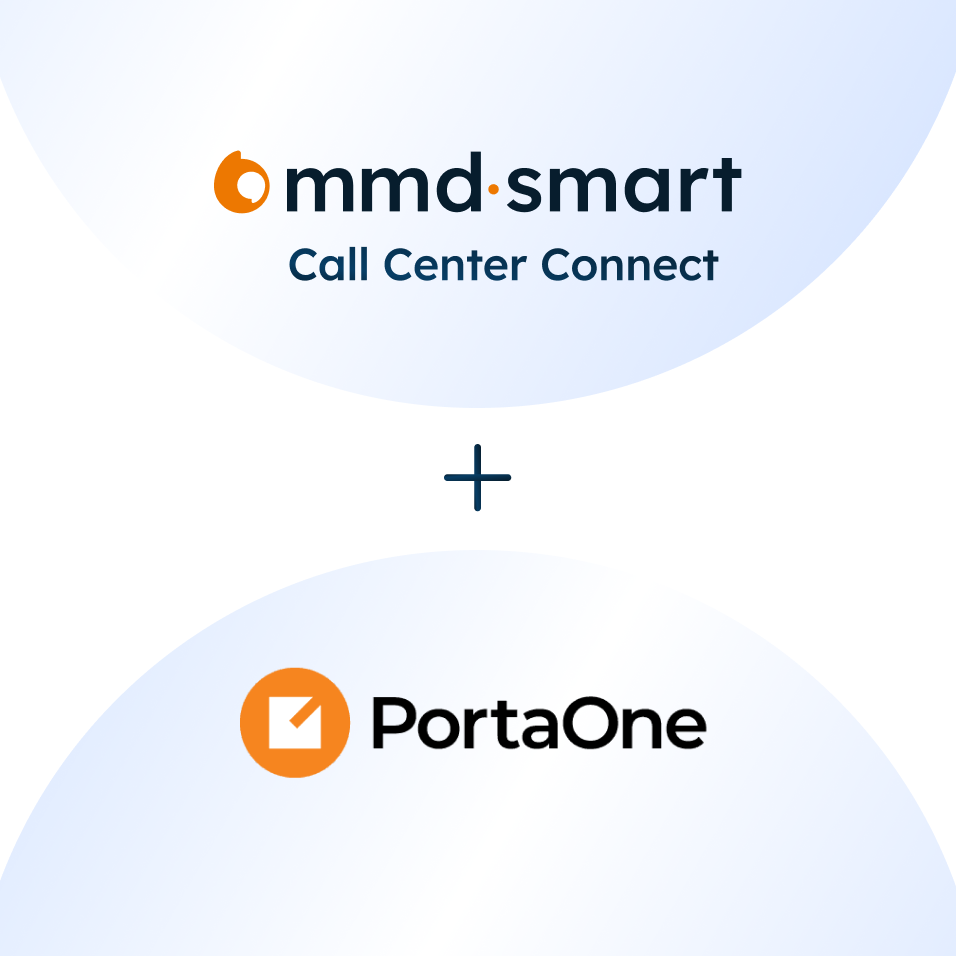Understanding Call Center Solutions and Services

The call center plays a pivotal role in today’s communication solutions, acting as the primary point of contact between businesses and their customers. Whether addressing customer inquiries, resolving issues, or providing essential information, call center solutions ensure that companies maintain a strong and positive relationship with their clientele.
The importance of call center communications extends beyond mere customer interaction. They serve as a critical component in a company’s overall strategy to enhance customer satisfaction, loyalty, and retention. By efficiently managing large volumes of calls and providing timely support, call centers help businesses uphold their reputation and operational efficiency.
Call center solutions and services are designed to optimize these interactions, employing advanced technologies and methodologies to streamline operations. These solutions encompass a wide range of services, including inbound and outbound call management, customer relationship management (CRM), automated call distribution (ACD), and interactive voice response (IVR) systems. By implementing these solutions, businesses can significantly improve their operational efficiency, reduce costs, and ultimately, boost their return on investment (ROI).
In this blog, we will delve deeper into the various aspects of call center optimization, exploring how they can transform business communication and drive financial growth. From understanding the latest technological advancements to analyzing their impact on customer experience and ROI, we aim to provide a comprehensive guide for businesses looking to leverage call center solutions for their success.
Learn more about Call Center Connect, MMDSmart’s cloud based call center solutions.
What are Call Center Solutions & Services?
Call center solutions and services encompass a range of technologies and processes designed to manage and optimize customer interactions through call centers. These solutions aim to enhance the efficiency, effectiveness, and quality of customer service provided by businesses. They include both hardware and software components that facilitate seamless communication between customers and service representatives, ensuring that inquiries and issues are handled promptly and professionally.
Components For A Good Call Center Service
Automatic Call Distribution (ACD) systems are crucial in managing incoming call traffic. They automatically route calls to the most appropriate agent or department based on predefined criteria such as the caller’s needs, the agent’s skill set, and current call volumes. This ensures that customers are connected to the right representative quickly, reducing wait times and improving overall service efficiency.
Interactive Voice Response (IVR) systems allow callers to interact with a company’s phone system through voice or keypad inputs. IVR systems can provide self-service options for common inquiries, such as account balances or order statuses, and route more complex issues to live agents. By handling routine tasks, IVR systems free up agents to focus on more complex customer interactions, enhancing service efficiency and customer satisfaction.
Customer Relationship Management (CRM) systems are essential for managing and analyzing customer interactions and data throughout the customer lifecycle. CRM systems provide agents with comprehensive information about each customer, including previous interactions, purchase history, and preferences. This enables agents to deliver personalized and informed service, fostering stronger customer relationships and loyalty.
Call Center Benefits
Implementing call center solutions offers numerous advantages for businesses aiming to optimize customer interactions and improve operational efficiency. Key benefits include:
1. Optimized Customer Interactions:
Call centers can ensure that customers are quickly connected to the right resources, minimizing wait times and frustration
2. Improved Efficiency:
Automation and streamlined processes reduce the workload on human agents, allowing them to focus on more complex and high-value interactions
3. Enhanced Customer Satisfaction:
Call centers can significantly enhance customer satisfaction and loyalty
4. Cost Savings:
Automation reduces the need for a large workforce, leading to significant cost savings
5. Increased ROI:
The combined effect of improved efficiency, enhanced customer satisfaction, and cost savings translates to a higher return on investment (ROI).
Drive higher ROI with our cloud-based Call Center Connect!

Key Metrics for Call Center Optimization
Call center metrics are quantitative measures used to evaluate the performance and efficiency of a call center. These metrics provide valuable insights into various aspects of call center operations, helping businesses identify areas for improvement and ensure that their customer service goals are met. By analyzing these metrics, call centers can optimize their processes, enhance customer satisfaction, and maximize their return on investment (ROI).
Common Metrics
Average Handle Time (AHT) measures the average duration of a customer interaction, including the time spent on the call and any post-call work. It is calculated by adding the total talk time, hold time, and after-call work time, then dividing by the number of calls handled. AHT directly impacts operational efficiency and customer satisfaction. Lower AHT indicates that issues are being resolved quickly, while excessively low AHT might suggest rushed interactions that could compromise service quality.
First Call Resolution (FCR) measures the percentage of customer inquiries or issues that are resolved during the first interaction, without the need for follow-up calls. High FCR rates are indicative of effective and efficient customer service, as they show that agents are capable of addressing customer needs promptly.
Customer Satisfaction Score (CSAT) is a metric that gauges customers’ satisfaction with the service they received. Typically measured through post-interaction surveys, CSAT provides direct feedback from customers about their experience. High CSAT scores reflect a positive customer experience, while lower scores highlight areas where the service may be lacking.
Measuring Success
To ensure call center services are optimized for performance and ROI, it is essential to systematically track and measure these key metrics. Here’s how businesses can effectively monitor and utilize these metrics:
1. Data Collection and Analysis:
Implement robust data collection systems to accurately capture call center metrics. Regularly analyze this data to identify trends, patterns, and areas needing improvement.
2. Set Benchmarks and Goals:
Establish benchmarks for each metric based on industry standards and internal performance goals. Set specific goals for improvement, such as aim to reduce AHT by a certain percentage over a defined period or increase FCR by a specific rate.
3. Agent Training and Development:
Use metric data to inform agent training and development programs. Identify areas where agents may need additional support or coaching, such as handling complex queries more efficiently or improving customer interaction skills.
4. Continuous Monitoring and Feedback:
Continuously monitor call center metrics and provide real-time feedback to agents. Use dashboards and reporting tools to keep track of performance and address any issues promptly. Encourage a culture of continuous improvement by regularly reviewing metrics and making data-driven decisions.
By diligently tracking and measuring key metrics like AHT, FCR, and CSAT, call centers can optimize their operations, enhance customer satisfaction, and achieve better financial outcomes. Regular analysis and proactive management of these metrics are vital for maintaining high-performance standards and maximizing the return on investment in call center solutions and services.
Deploy your call center in minutes. Click here to get started!
Maximizing ROI with Call Center Solutions
Cost-Benefit Analysis
Understanding the cost-effectiveness of various call center solutions is essential for making informed investment decisions. A comprehensive cost-benefit analysis involves evaluating the expenses associated with implementing and maintaining call center technologies against the benefits they provide. Key costs include software and hardware investments, training, and ongoing support. Benefits are typically measured in terms of increased efficiency, improved customer satisfaction, reduced operational costs, and enhanced revenue generation.
For example, implementing an IVR system might have an initial setup cost, but it can significantly reduce the volume of calls handled by live agents, leading to lower labor costs. Similarly, a CRM system may require substantial investment, but the ability to provide personalized service and maintain detailed customer histories can result in higher customer retention rates and increased sales.
Investment in Technology
Investing in the right technology is crucial for maximizing the ROI in call center operations. Advanced technologies such as ACD, IVR, and CRM systems streamline processes, reduce operational inefficiencies, and enhance customer experiences. Here’s how:
- Automatic Call Distribution (ACD)
Efficiently routes calls to the most appropriate agents, reducing wait times and ensuring quicker issue resolution. This leads to higher customer satisfaction and better use of agent time.
- Interactive Voice Response (IVR)
Automates routine tasks and provides self-service options for customers, freeing up agents to handle more complex issues. This reduces operational costs and improves overall efficiency.
- Customer Relationship Management (CRM)
Centralizes customer data, enabling agents to deliver personalized service. This fosters stronger customer relationships, increases sales opportunities, and boosts customer loyalty.
Call Center Connect was designed to drive higher ROI. Learn more.

Monitoring and Improving Call Center Performance
Performance Monitoring
Effective performance monitoring is crucial for ensuring that call center operations are running smoothly and efficiently. There are several tools and techniques available for monitoring call center performance metrics and KPIs, including:
1. Real-Time Dashboards:
Real-time dashboards provide an at-a-glance view of key performance indicators (KPIs) such as Average Handle Time (AHT), First Call Resolution (FCR), and Customer Satisfaction Score (CSAT). These dashboards allow managers to identify and address issues as they arise.
2. Call Recording and Analysis:
Recording customer interactions allows for detailed analysis of agent performance and customer service quality. By reviewing these recordings, managers can identify common issues, training needs, and areas for improvement.
3. Quality Monitoring Tools:
These tools enable managers to assess the quality of customer interactions through criteria such as adherence to scripts, empathy, problem resolution, and compliance with policies. Regular quality assessments help in maintaining high service standards.
Continuous Improvement
To maintain high performance and continually optimize call center operations, adopting a culture of continuous improvement is essential. Here are some strategies:
Regular Training and Development:
Ongoing training programs help agents stay updated on best practices, new technologies, and company policies. Regularly investing in agent development enhances their skills and improves overall performance.
1. Performance Reviews and Coaching:
Conducting regular performance reviews and one-on-one coaching sessions helps agents understand their strengths and areas for improvement. Constructive feedback and goal-setting can drive better performance.
2. Process Optimization:
Continuously evaluating and refining call center processes can lead to more efficient operations. This may involve streamlining workflows, reducing redundancies, and implementing new technologies to enhance productivity.
3. Data-Driven Decision Making:
Leveraging data analytics to gain insights into call center performance allows for informed decision-making. Identifying trends and patterns helps in proactively addressing issues and optimizing operations.
Feedback Mechanisms
Implementing robust feedback mechanisms is essential for gathering insights and making informed improvements to call center services. Effective feedback loops include:
1. Customer Surveys:
Post-interaction surveys provide direct feedback from customers about their experience. Questions can cover areas such as agent professionalism, issue resolution, and overall satisfaction. Analyzing survey results helps identify areas for improvement.
2. Agent Feedback:
Encouraging agents to share their insights and suggestions can lead to valuable improvements. Agents are often best positioned to identify inefficiencies and propose practical solutions based on their day-to-day experiences.
3. Internal Audits:
Regular internal audits of call center operations help in identifying compliance issues, process gaps, and areas for improvement. Audits provide an objective assessment of performance and highlight areas needing attention.
4. External Benchmarking:
Comparing call center performance against industry benchmarks and best practices provides a broader perspective on performance. Benchmarking helps in setting realistic goals and identifying opportunities for enhancement.
Call Center Connect Includes a Full Monitoring and Stats Toolset
The Impact of Call Center Solutions on Business
Call center solutions and services play a vital role in modern business communication, impacting customer satisfaction, operational efficiency, and overall business success. Key metrics such as AHT, FCR, and CSAT are essential for optimizing call center performance and ensuring high-quality customer service. By investing in the right technologies and adopting effective monitoring and improvement practices, businesses can maximize their return on investment and achieve sustainable growth.
Effective monitoring practices, including the use of real-time dashboards, call recording analysis, and workforce management software, are crucial for maintaining high performance. Continuous improvement strategies, such as regular training, performance reviews, and process optimization, help in enhancing call center operations over time. Implementing robust feedback mechanisms ensures that businesses can gather valuable insights and make informed improvements to their services.
To thrive in today’s competitive environment, businesses must prioritize the optimization of their call center operations. By leveraging the power of call center solutions and embracing a culture of continuous improvement, companies can deliver exceptional customer experiences and drive long-term success.
Learn more about how Call Center Connect can improve your business!
And read about the differences between traditional and virtual call centers.








